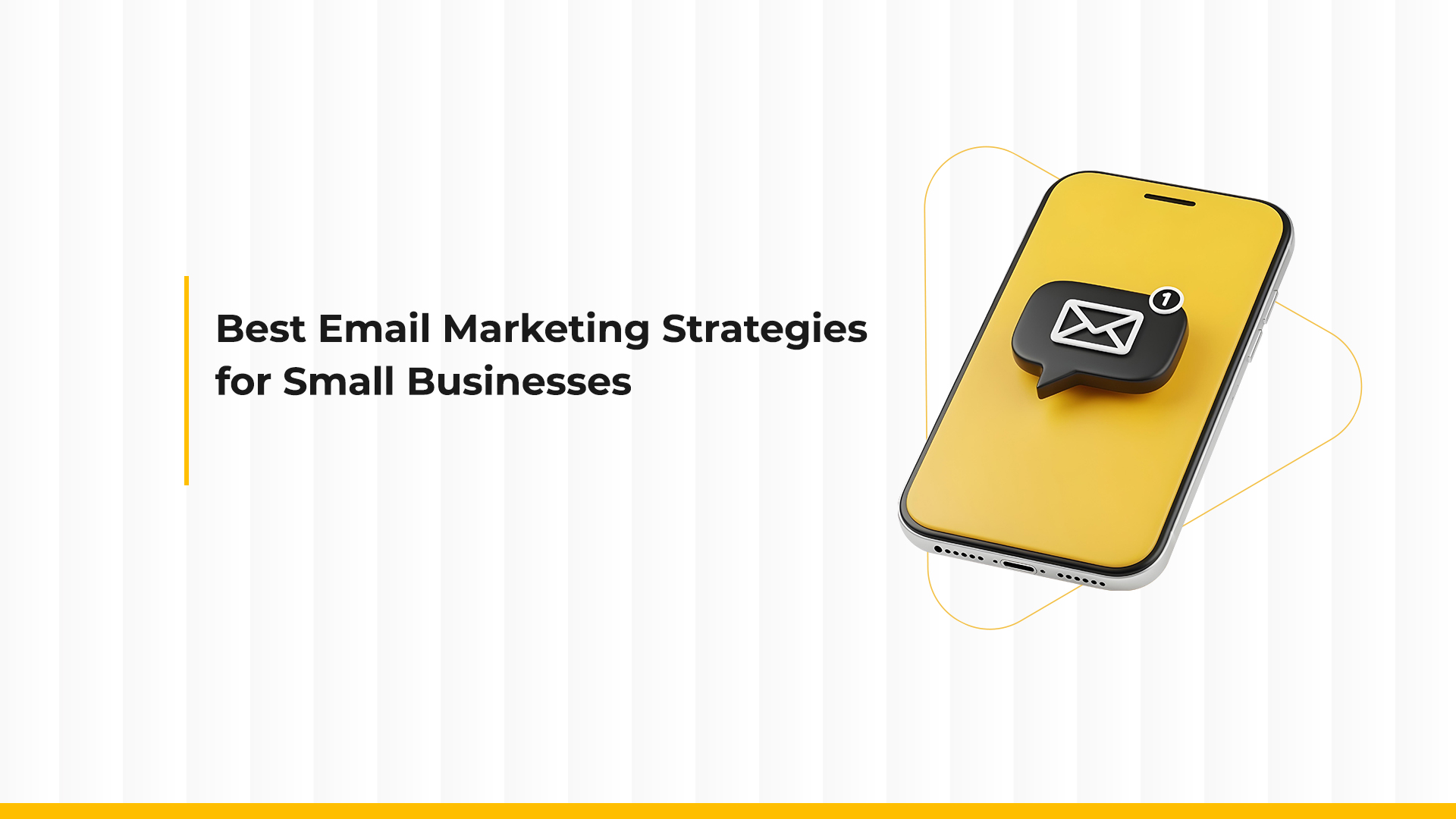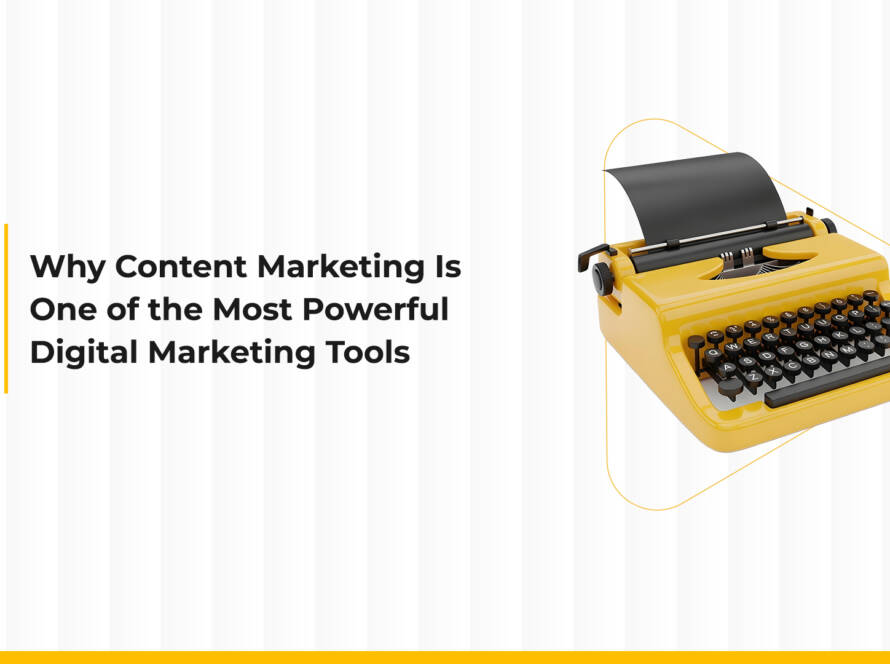Email marketing is one of the most effective tools when it comes to attracting customers and building long-term relationships with them. For small businesses striving to make the most of their limited resources, email can be a powerful tool to boost sales and enhance brand awareness. In this article, we’ll explore the best email marketing strategies for small businesses to ensure maximum success.
The Importance of Email Marketing for Small Businesses
Despite the rise of many digital marketing channels such as social media and paid advertising, email remains one of the most effective marketing tools. Studies show that email marketing delivers an ROI of up to $42 for every $1 spent.
In today’s technology-driven world, digital marketing has become essential for any business that wants to stay competitive and grow. For small businesses, email marketing offers several advantages:
-
Low cost compared to other marketing channels.
-
Easy access to the target audience.
-
Personalization and data analytics capabilities.
-
Enhanced customer relationships and loyalty.
Best Email Marketing Strategies for Small Businesses
1. Build a Targeted Email List
The foundation of any successful email marketing strategy is having a high-quality, targeted list of interested subscribers. You can build it by:
-
Offering valuable free content in exchange for sign-ups (e.g., eBooks, discount coupons, or free consultations).
-
Using clear sign-up forms on your website and landing pages.
-
Collecting customer emails during purchases or newsletter subscriptions.
(Regularly update your list and remove inactive subscribers to maintain engagement and avoid sending emails to uninterested recipients.)
2. Create Engaging and Relevant Content
Content is the heart of every successful marketing campaign. Your emails should be engaging, concise, and provide real value. Examples of effective email content include:
-
Exclusive offers and discounts.
-
Helpful tips or industry-related articles.
-
Customer success stories.
-
Product or service updates.
(Consider adding interactive content like surveys or contests to increase engagement.)
3. Personalize Emails Based on Customer Behavior
Personalization significantly increases open and click-through rates. Tailor your emails to customer interests and interactions with your brand by:
-
Including customer names in subject lines.
-
Sending targeted emails based on purchase history.
-
Recommending products based on browsing activity.
(Use segmentation to categorize subscribers by behavior and interests for more accurate and effective messaging.)
4. Design Visually Appealing Emails
A well-designed email enhances credibility and engagement. Make sure your emails are easy to read and include visual elements such as images, icons, and infographics. Always include clear calls to action (CTAs) that guide users to the next step.
5. Optimize Subject Lines to Capture Attention
The subject line is the first thing your audience sees, so make it count. Here are a few tips:
-
Keep it short and direct (50–60 characters).
-
Use persuasive language, e.g., “Get 50% Off — Today Only!”
-
Add urgency or curiosity, e.g., “You Don’t Want to Miss This!”
(Test different times and formats to see what resonates best with your audience.)
6. Test and Analyze Performance Regularly
Continuous analysis is essential for improving your email campaigns. Use analytics tools to track key metrics such as:
-
Open rate
-
Click-through rate (CTR)
-
Bounce and unsubscribe rates
-
Conversion and sales rates
Based on your data, adjust your content, timing, and design to optimize results.
7. Ensure Mobile-Friendly Design
Over 60% of emails are opened on mobile devices, so your design must be responsive and easy to read on all screens. Make sure to:
-
Use a simple, mobile-optimized layout.
-
Keep text and headlines readable.
-
Include large, clear CTA buttons.
8. Avoid Spam Triggers
Avoid using words or phrases that trigger spam filters, such as “Completely Free” or “Make Money Fast.” Always ensure your subscribers have opted in voluntarily to receive your emails.
9. Automate Your Email Campaigns
Email automation saves time and ensures timely communication. Useful automation examples include:
-
Welcome emails for new subscribers.
-
Follow-up emails after purchases.
-
Abandoned cart reminders.
10. Use Storytelling to Build Strong Connections
Storytelling makes your emails more relatable and memorable. Share customer experiences, your brand’s journey, or product development stories to create emotional connections with your audience.
11. A/B Testing
A/B testing allows small businesses to experiment with different versions of their emails — such as subject lines, visuals, or CTAs — to determine what works best. This helps improve future campaigns and boost ROI.
12. Optimize Send Times
Timing has a major impact on open rates. Studies suggest the best times to send emails are:
-
Morning: between 8–10 a.m.
-
Afternoon: between 2–4 p.m.
-
Best days: Tuesday and Thursday
(The optimal time may vary depending on your audience, so test and analyze regularly.)
13. Use Advanced Analytics
Advanced analytics can help small businesses better understand customer behavior. By analyzing data, companies can identify trends and patterns, allowing them to refine their strategies and personalize messages more effectively.
Final Thoughts
Email marketing is a powerful and cost-effective tool that can drive growth for small businesses when used wisely. By focusing on building a targeted list, personalizing content, and analyzing performance consistently, you can achieve impressive results that boost engagement and loyalty.
When implemented correctly, email marketing becomes not just a communication tool — but a sustainable channel that supports your long-term business goals.





